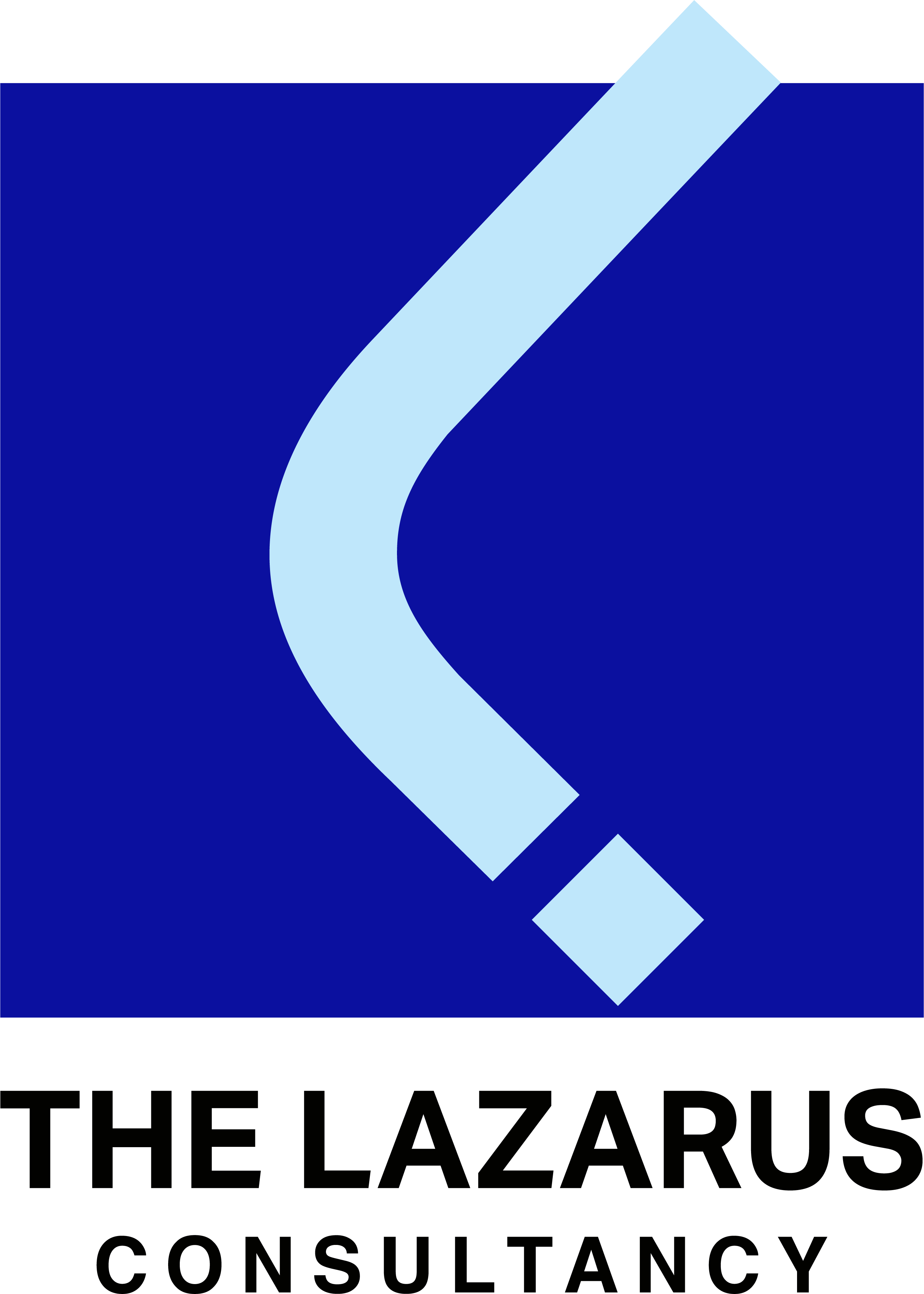How to structure a presentation
Making presentations is something that is increasing necessary as we progress in our career or business, and for many people, it is a source of stress and uncertainty. One element of the stress and uncertainty is how to structure the presentation.
In this video, Jeremy explains a tried and trusted method that you can use to structure almost any presentation so that it meets the needs and wants of your audience.
Transcript of the video
Modified slightly for readability (the way I speak is somewhat less formal than the way I write!)
Hi, my name is Jeremy Lazarus. I would like to talk to you about presentations, or more specifically, how to structure a presentation.
Why would it be useful for you to learn about this? Here are some reasons.
- If you are a salesperson, you will often be presenting your products or services to prospective clients.
- If you work in an organisation, increasingly, as people get promoted, they are expected to do presentations to larger and larger audiences. So, one of the key factors if people want to really progress in their career is to be able to present to audiences really effectively.
- If you are a sports coach, there will be times when you want to present your ideas to your team.
- Maybe you are seeking funding, so you will be presenting your ideas to prospective sponsors.
What other examples are there? You can probably think of your own examples based on your own situation; why might it be useful for YOU to be able to structure a presentation really effectively?
So, hopefully you have got enough reasons why this topic is going to be really useful for you.
In my experience people will often say:
"Structuring a presentation is really easy. You just tell them what you're going to tell them, you tell them it and tell them what you've told them. Easy!"
Well, telling them what you are going to tell them may take a minute or so. Telling them what you have told them at the end will take around a minute or two, perhaps even five minutes.
It is the bit in the middle that causes many people a challenge; how do they structure the meat of the presentation, the longest part of the presentation? Well, let’s look at a structure which I have been using since 2000. I am not going to go into the theory or the reasons behind it. If you want to read more about the theory behind it, scroll down and you will see some references where you can get some more information.
So, once you have given them an introduction to the topic you are going to be covering, the key thing is to talk about WHY this topic is useful to the audience. The audience is normally going to be sitting there thinking "What's in it for me to listen to this presenter?" So, if you go back to what I was covering at the start of this video, I mentioned to you: selling, getting promoted in your work or your career, being a sports coach, presenting to your team, or seeking funding. I also asked you to think for yourself about reasons why it would be useful for you in your life. The intention of doing that was so that you would feel motivated and engaged. For an audience, if they are engaged and can see how the particular material that you will be presenting is going to be useful for them, then as a presenter, your audience are almost putty in your hands; it makes it much easier to engage them. One of the biggest mistakes that many presenters make is they do not engage the audience initially. They do not cover why this topic is going to be useful and they do not give any signposting as to what is going to be covered. They just go straight into the facts and figures.
So, once you have done the overview, have signposted where you are going and given enough reasons why it is going to be useful for the audience, then go into the facts, the figures, the information, the theories, the steps, the processes, maybe even do a demonstration. You can give them this information because they know WHY it is so important to them, and they know where you are going with the presentation because you have signposted it. Usually the information section is the longest part of a presentation.
Once you have finished the ‘information’ section (by this point they would have been listening to you for quite some time), it is important that you give them an opportunity to do something.On a training course get them to do an exercise. In a more formal setting, get them for example to pair up or do an activity / exercise in small groups, if they are in a cabaret style presentation around tables. Get them to do an exercise related to the topic you are talking about. Even if it is asking them to think how they might use the material, or what are some of the challenges and how they might overcome them, or any other relevant activity, make sure they do something.
Once you have finished the exercise / activity, then you go into the Q&A; you debrief what has happened. You ask questions about what they learned, what did they think about the exercise / activity? How was it for them? What would they do differently next time (if it was, for example, at a training course)? You would also want to talk about how they could use what they have learned or what they covered in the discussion after the presentation. How could they use it outside of the training room or after the presentation? So you could consider the final section to be the bridge between what has happened in the training room, or the presentation room, and the outside world. It is really important that people get time to reflect and consider how they are going to use the material.
So, just to recap:
- Give an overview, maybe give a signpost as to what is going to be happening and what you are going to cover.
- Then, get into the reasons WHY this is useful for them, which can come from you and/or them. Sometimes it is useful for them to reflect for themselves, “Why it is useful”.
- So, after you have done the why, the reasons why it is useful, then give them the facts, the figures, the real information, the real nuts and bolts of it.
- Do the audience participation and the exercise. Get them to actually do something.
- Then, have a Q&A; and a “what's next?”, or “how are you going to take it forward from here?”
If you follow that presentation structure, you will find that this will be really helpful to you. Also, if you happen to get asked to do a presentation at very short notice, this is a structure that you can use really effectively.
For more information
This presentation structure is based on work done by Bernice McCarthy, and the structure is known as ‘the 4-MAT’. For more information, please search for ‘Bernice McCarthy 4-MAT’, or look at http://www.trainingmastery.com.au for some more recent research on the topic.
Please subscribe if you would like to
- stay informed of our videos and blog posts as soon as we publish them
- be eligible for our special offers, available only to people on our mailing list






